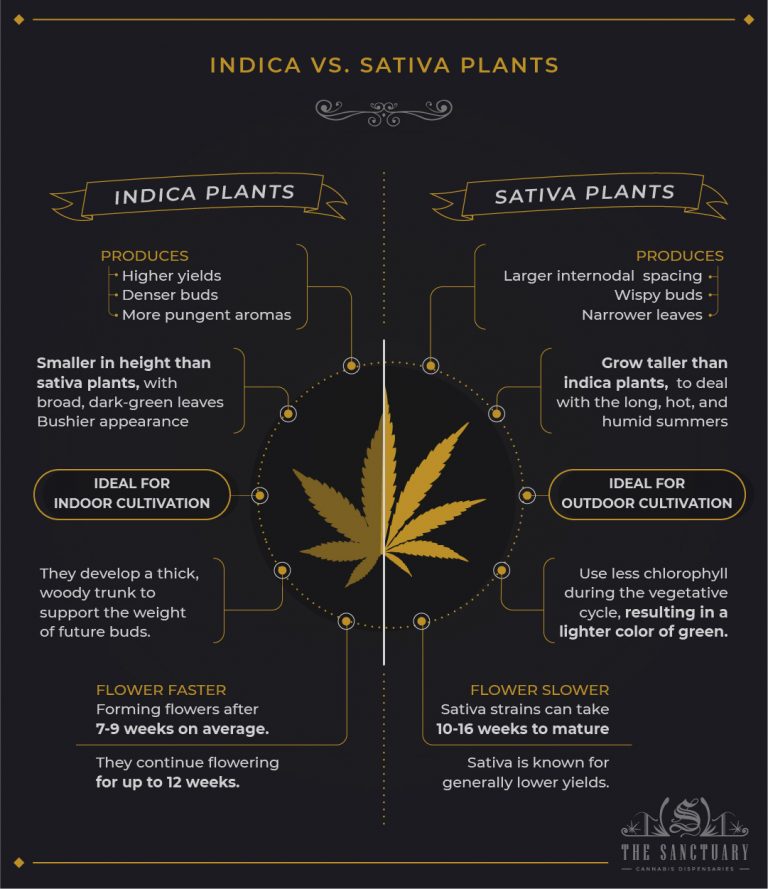Introduction:
Hybridization and crossbreeding within the hashish plant species have long been at the forefront of conversations in the cultivation community. The traditional classifications of Hashish indica and Cannabis sativa have generally guided growers in their breeding endeavors, each pressure connected with distinctive effects and qualities. Nevertheless, as the hashish market evolves and scientific knowing deepens, the traces amongst these classifications are starting to be more and more blurred. This short article delves into the fascinating entire world of hybridization and crossbreeding involving Indica and Sativa strains, examining the developments, motivations, and implications of this breeding observe.
Being read review with Indica and Sativa:
Ahead of delving into hybridization, it really is critical to recognize the traits generally involved with Hashish indica and Hashish sativa strains. Indica vegetation are often characterized by their shorter stature, broader leaves, and dense foliage. They are identified for their stress-free and sedating outcomes, producing them well-liked possibilities for nighttime or medicinal use. On the other hand, Sativa plants have a tendency to be taller with thinner leaves and a far more elongated visual appeal. Sativa strains are renowned for their energizing and uplifting outcomes, usually most popular for daytime consumption.
Hybridization: Blurring the Traces:
Hybridization involves breeding plants from two distinct types or species to produce offspring with preferred characteristics from both moms and dads. In the realm of cannabis, hybridization has turn into commonplace, with breeders trying to get to incorporate the distinctive features of Indica and Sativa strains to generate hybrids that give a numerous selection of results, flavors, and aromas. These hybrids can exhibit a blend of traits inherited from each guardian strains, ensuing in a a lot more nuanced hashish working experience.
Motivations Driving Hybridization:
The motivations driving hybridization in between Indica and Sativa strains are multifaceted. A person main enthusiasm is to make cultivars that cater to the numerous tastes of buyers. By mixing the enjoyable consequences of Indica with the uplifting traits of Sativa, breeders can make hybrids that offer a balanced encounter suited for numerous instances and moods. On top of that, hybridization makes it possible for breeders to improve unique attributes these kinds of as cannabinoid and terpene profiles, thus maximizing the therapeutic probable of the resulting strains.
Developments in Hybridization:
The development of hybridization in between Indica and Sativa strains has received important momentum in current decades, propelled by progress in breeding tactics and the escalating need for novel cannabis versions. Hashish fans are progressively drawn to hybrid strains that give a blend of outcomes tailor-made to their person requires and preferences. Additionally, as legalization efforts progress globally, breeders have larger flexibility to experiment with hybridization, leading to a proliferation of new and ground breaking hashish cultivars.
Crossbreeding Strategies:
Crossbreeding consists of selectively breeding crops from distinct genetic backgrounds to produce offspring with desired features. In the context of hashish, crossbreeding involving Indica and Sativa strains demands mindful range of guardian plants dependent on their genetic make-up and wanted attributes. Breeders make use of methods such as selective breeding, backcrossing, and hybridization to make offspring that show the wished-for qualities of both guardian strains when reducing unwanted characteristics.
Implications of Hybridization:
Although hybridization in between Indica and Sativa strains provides several positive aspects, it also raises important concerns for cultivators, shoppers, and regulators. From a cultivation viewpoint, hybridization can direct to improved genetic diversity inside of cannabis populations, likely maximizing resilience to pests, health conditions, and environmental stressors. Nonetheless, it also provides worries in terms of retaining genetic purity and regularity, significantly for breeders searching for to maintain heirloom or landrace strains.
For people, the proliferation of hybrid strains provides an unparalleled array of choices, enabling people to discover a varied spectrum of results and flavors. Having said that, it also underscores the value of being familiar with the unique traits of every single strain to make educated acquiring conclusions. From a regulatory standpoint, the increasing prevalence of hybridization underscores the need to have for standardized screening and labeling protocols to make sure transparency and consistency inside the hashish sector.
Conclusion:
Hybridization and crossbreeding among Indica and Sativa strains symbolize a dynamic and evolving part of the hashish industry. As breeders continue to push the boundaries of genetic innovation, the distinction between these traditional classifications turns into more and more blurred. While hybridization offers interesting possibilities for building new and varied hashish cultivars, it also presents worries in conditions of genetic stability, consistency, and regulatory oversight. Moving forward, a balanced method that prioritizes innovation, transparency, and liable stewardship of genetic methods will be important to navigating the advanced landscape of cannabis hybridization
